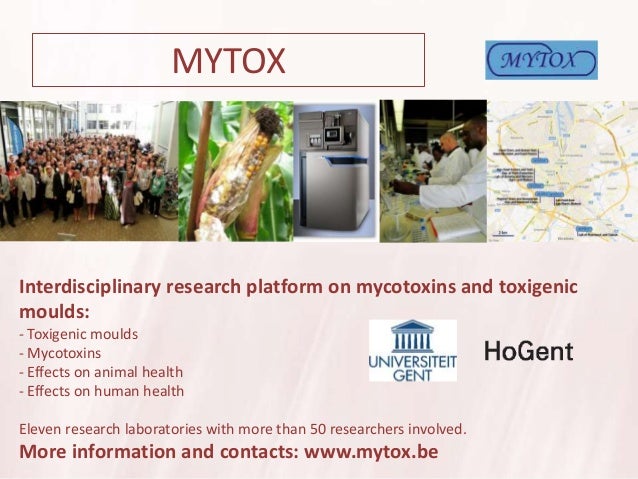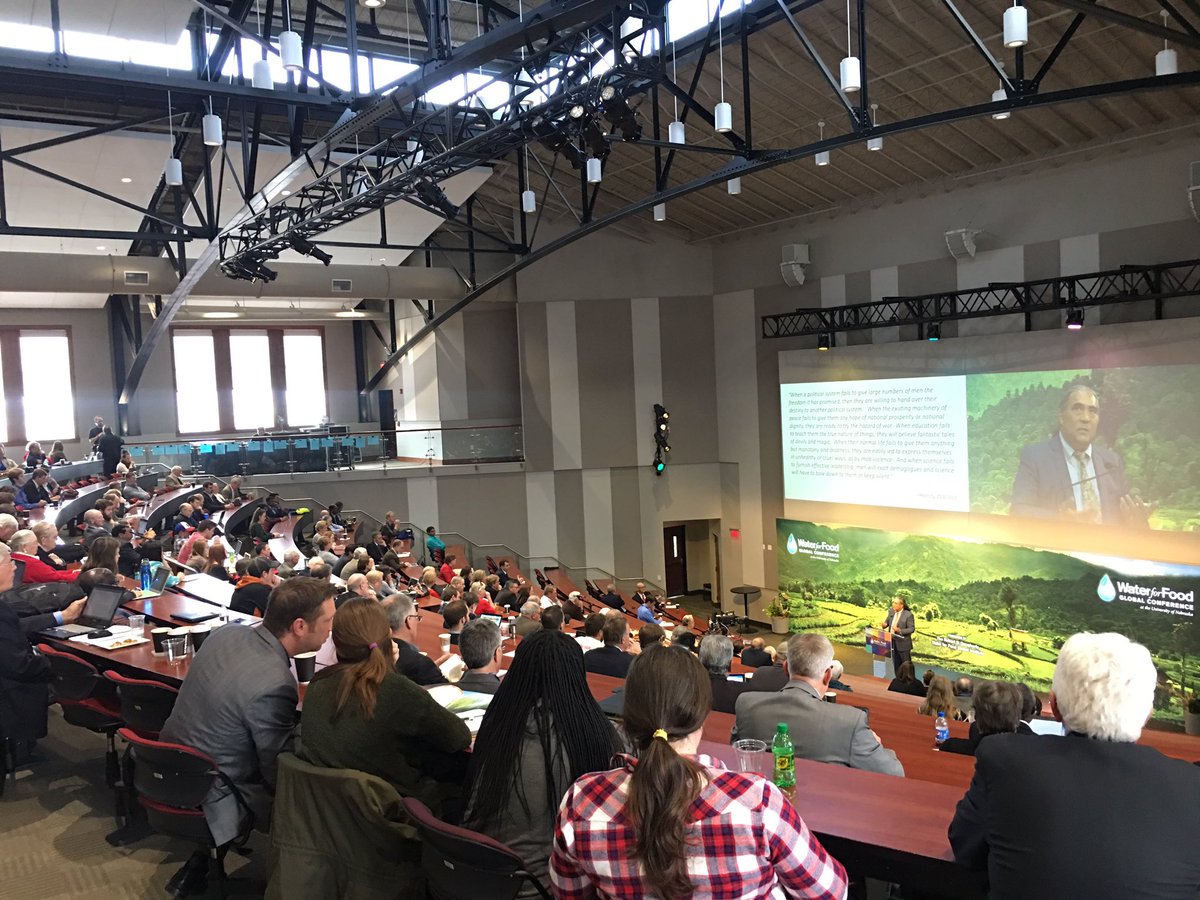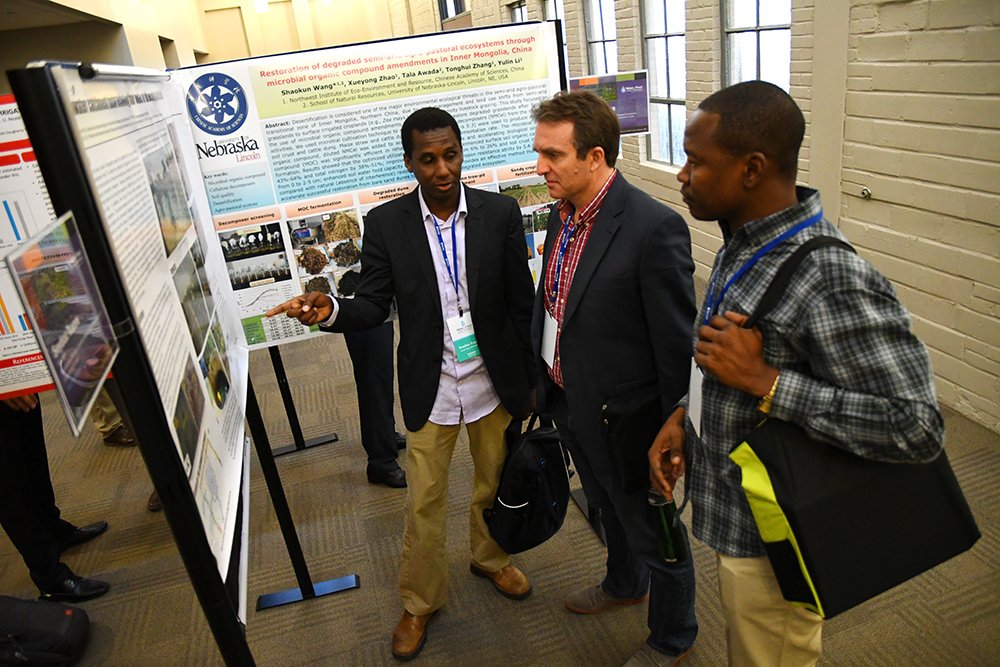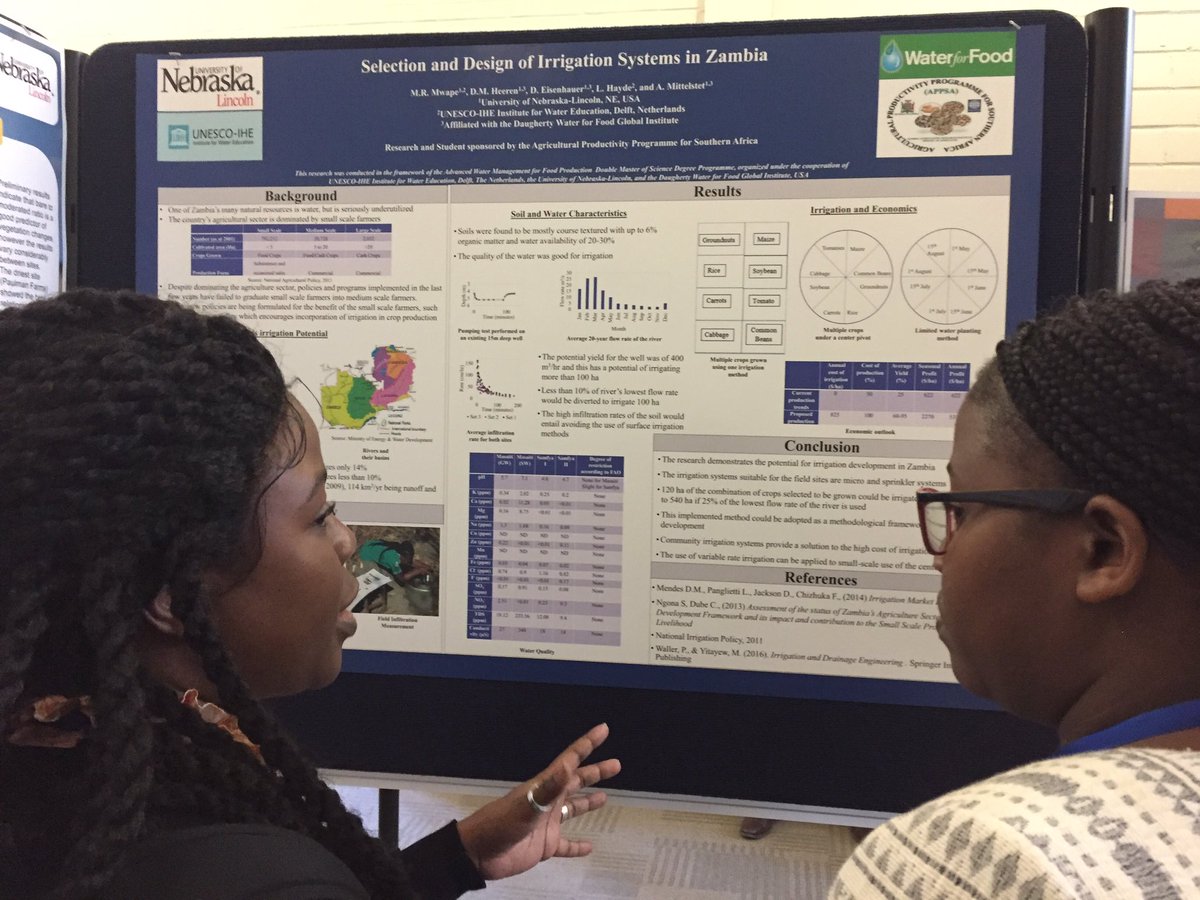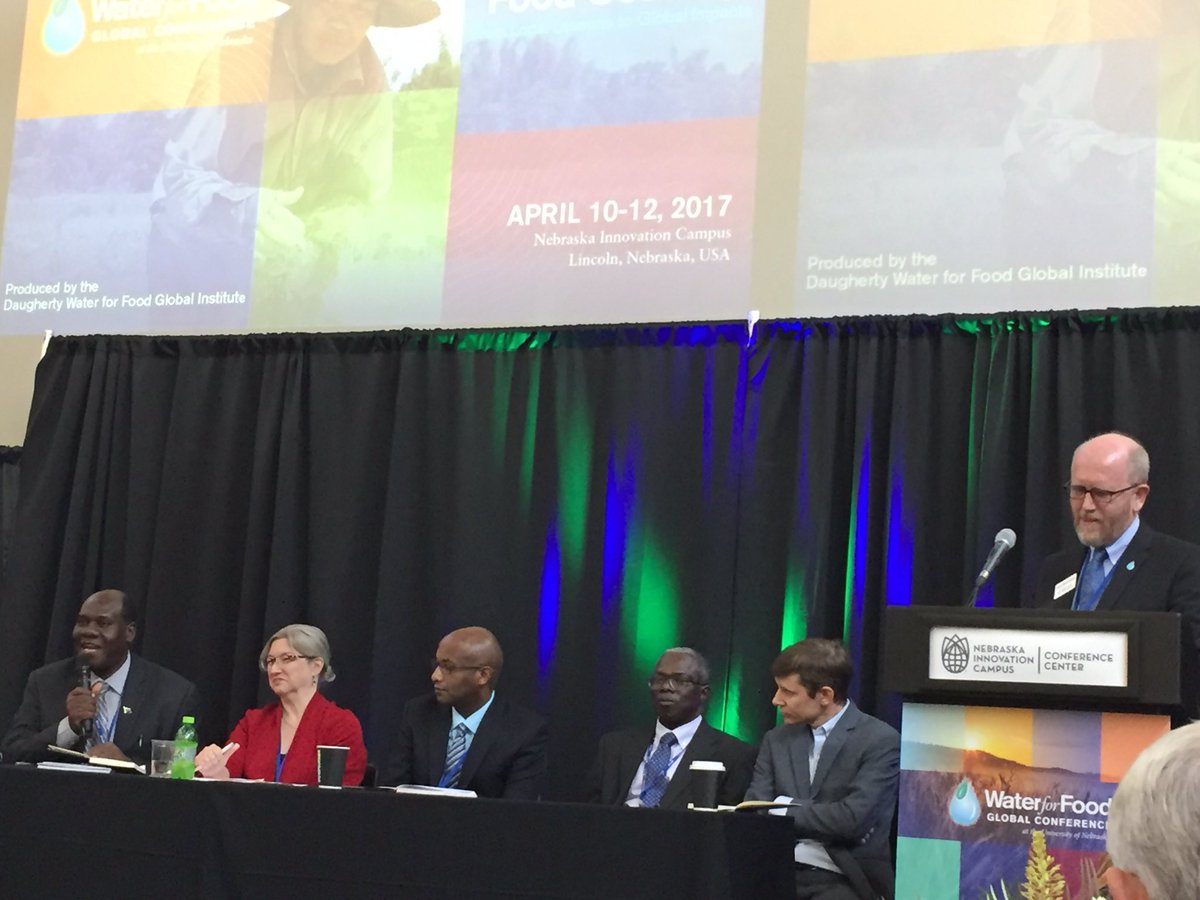 26-28 April 2017. Uppsala. Sweden. The Swedish University of Agricultural Sciences (SLU) and AGRINATURA team organised the AGRINATURA Annual General Assembly Meetings and workshop on“Mutual prosperity why North and South need each other”.
26-28 April 2017. Uppsala. Sweden. The Swedish University of Agricultural Sciences (SLU) and AGRINATURA team organised the AGRINATURA Annual General Assembly Meetings and workshop on“Mutual prosperity why North and South need each other”. Agrinatura brings its collective resources to work in partnership with international collaborators. It seeks to nurture scientific excellence through joint research, educational and training programmes and projects and advocates for greater support for agricultural research and educational programmes that contribute to the achievement of the Millennium Development Goals and the new agenda of Sustainable Development Goals. See Agenda Agrinatura GA Meeting (PDF).
Agrinatura brings its collective resources to work in partnership with international collaborators. It seeks to nurture scientific excellence through joint research, educational and training programmes and projects and advocates for greater support for agricultural research and educational programmes that contribute to the achievement of the Millennium Development Goals and the new agenda of Sustainable Development Goals. See Agenda Agrinatura GA Meeting (PDF).
Extracts of the rogramme :
26 April 2017. News about Ongoing Projects:
Value Chains Analysis for Development (VCA4D)
PAEPARD - Lessons Learnt and Innovation
Global Support Facility (GSF) for the National Information Platforms for Nutrition (NIPN)
no PPT available
Capacity Development for Agriculture Innovation Systems (CDAIS)
Capacity Development for Agriculture Innovation Systems (CDAIS)
Brief News on a projects in preparation:
Participatory and Integrative Support for Agricultural Initiative (PISAI)
Support of International Platform Merging Labour and Education (SIMPLE)
27 April 2017. Workshop with Agrinatura members and invited speakers:
“Mutual prosperity - why North and South need each other”
Session I: partnerships toward mutual prosperity (see the PPTs in hyperlinks)
Session I: partnerships toward mutual prosperity (see the PPTs in hyperlinks)
- Introduction - Setting the Scene: Linley Chiwona Karltun (Moderator), Board Member, Association of African Agricultural Professionals in the Diaspora (AAAPD)
- Welcome and Opening: Ylva Hillbur, Pro Vice-Chancellor, International Relations, Swedish University of Agricultural Sciences (SLU)
- Transformation through Agenda 2030: Cecilia Nordin van Gansberghe, former Swedish ambassador to the Food and Agriculture Organization of the United Nations, FAO
- Higher Agricultural Education in Africa:Opportunities for North-South: Moses Osiru, Deputy Executive Secretary, Secretariat for the Regional Universities Forum for Capacity Building in Agriculture (RUFORUM)
- Collaboration
Exploring and Caring for the Diversity of Agriculture
Intensification Pathways: Learnings for Europe and
for Africa from the ProIntensAfrica Project: Philippe Petithuguenin, Deputy Director for Research and Strategy, French Agricultural Research Centre for International Development (CIRAD), European Partner of PROIntensAfrica
- The Role of Universities for Translating Science intoAction: Ulf Magnusson, Programme Director, Agriculture for Food Security 2030 (AgriFoSe2030), Swedish University of Agricultural Sciences (SLU)
- Youth perspectives: the importance of partnershipsbetween North and South: Rahel Wyss, Representative at Young Professionals for Agricultural Development (YPARD)
- European Engagement and the PAEPARD
Users’ Led Process: Implications for Development
Impact Judith Ann Francis, Executive Secretary, European Forum on Research for Development
- Global Interlinkage of Youth Agripreneur Programs,SLUs Perspective Teun Dekker, Researcher at the Department of Plant Protection Biology, Swedish University of Agricultural Sciences (SLU) Kim Eriksson, Student, Agricultural and Rural Management, Swedish University of Agricultural Sciences (SLU)
- B3Africa: Empowering Tools for Bio repositories and Bioinformatics in Africa and Europa Erik Bongcam-Rudloff, Professor in Bioinformatics and Head SLU-Global Bioinformatics Centre
- Enhancing Local Technical, Research and TrainingCapacity through N-S-S Triangular ARD Partnerships Ana Portugal Melo, Invited Associate Researcher at the University of Lisbon, PhD in Biomedical Sciences
- Collaboration between Higher EducationAssociations for the Agricultural and LifeSciences (GCHERA) – ICA as a Case Study Simon B Heath, Secretary General, the Association for European Life Science Universities (ICA) and the Global Confederation for Higher Education Associations for Agricultural Sciences (GCHERA)
- What to take with us into the coming years of partnerships with Agrinatura? Carolyn Glynn, President Agrinatura








